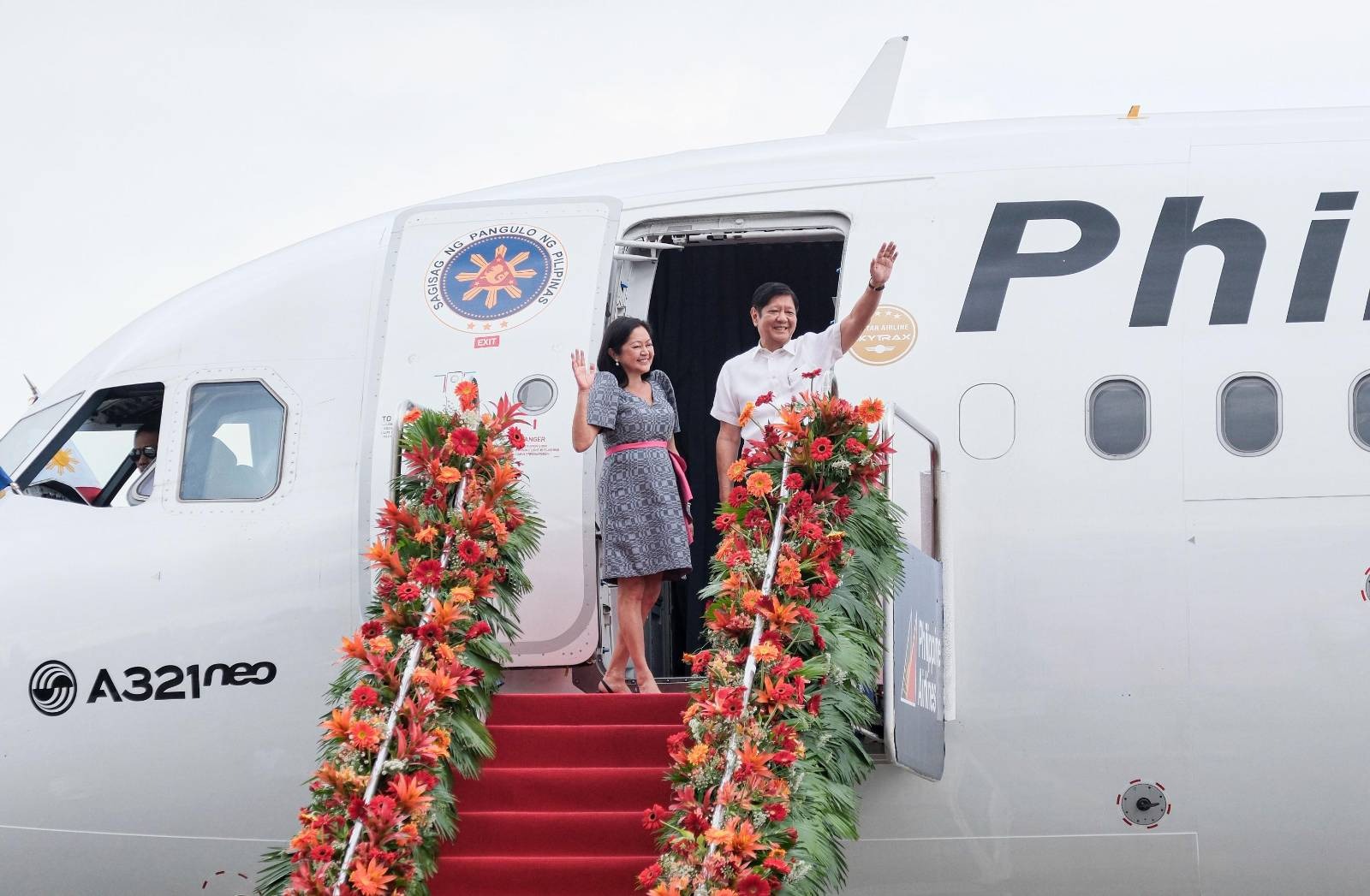$14-B investments from PBBM's foreign trips implemented, operational
At A Glance
- Among these sectors, manufacturing has the largest share in terms of the number of projects (16 projects or 35 percent), followed by IT-BPM (10 projects or 22 percent), and renewable energy (nine projects or 20 percent).
The Presidential Communications Office (PCO) said President Marcos' overseas trips have been pivotal in generating serious investment interest in the Philippines, noting that 46 projects worth $14.2 billion have already started operating, completed registration, or commenced implementation.

Citing a report from the Department of Trade and Industry (DTI), the PCO said that as of December 2023, there were $72.2 billion in investments at different stages, comprising 148 projects.
"Investment pledges from foreign firms during the presidential visits over the past 16 months are now being actualized substantively and tangibly, boosting the position of the Philippines as a premier investment destination for foreign businesses in Asia," it said.
"The President visited key countries, introducing to specific investor communities his overall vision and policy direction of opening up the country to more foreign investments, including implementing game-changing legislation under his term," he added.
Based on the DTI report, $14.2 billion, or 20 percent of the total pledges, have already "actualized." It means these projects are either already operating or have successfully registered with the DT's Investment Promotion Agencies. Some have already commenced implementation, or have spent financial and staff resources to undertake specific, tangible steps to implement the project.
"These investments span various sectors, such as manufacturing, Information Technology and Business Process Management (IT-BPM), renewable energy, infrastructure, transport and logistics, agriculture, and retail," the PCO said.
Among these sectors, manufacturing has the largest share in terms of the number of projects (16 projects or 35 percent), followed by IT-BPM (10 projects or 22 percent), and renewable energy (nine projects or 20 percent).
The most significant countries as investment sources regarding the number of projects that have already been actualized are Japan, with 21 projects, and the US, with 13 projects.
Meanwhile, foreign investors are still conducting pre-implementation and planning activities in their respective countries for the remaining 102 projects involving $58 billion in investment pledges.
While certain investment projects seamlessly progress from commitment to operation, the PCO said others require a more extended implementation period of up to seven years in the case of offshore wind and major physical infrastructure projects.
"The investment flows into the country in phases over the implementation period, during which the project transitions into operational status and begins generating revenues," it said.
According to the PCO, the duration of the implementation period depends on the sector to which a particular project belongs. Due to relatively shorter implementation periods, investment commitments from the presidential visits in the IT-BPM sector and light manufacturing have mostly become operational.
"While the FDI (foreign direct investment) values are modest, the early actualization of investment commitments in these sectors contributes to the decrease in the unemployment rate in the Philippines, given that IT-BPM and manufacturing are significant generators of direct employment," it said.
While presidential visits are effective platforms for generating investment pledges, the PCO said realizing projects demands relentless follow-through and strategic collaboration.
"As investments materialize, the Philippines will reap the long-term benefits of sustained economic growth and job creation," it said.